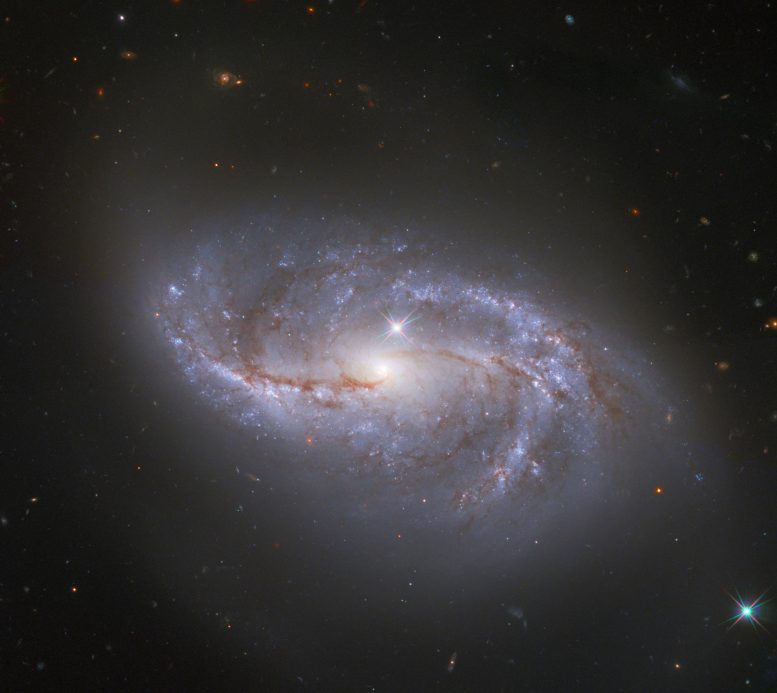
Hubble Space Telescope catches a passing glimpse of the numerous arm-like structures that sweep around this barred spiral galaxy, known as NGC 2608. Credit:
ESA/Hubble & NASA, A. Riess et al.
Looking deep into the Universe, the NASA/ESA Hubble Space Telescope catches a passing glimpse of the numerous arm-like structures that sweep around this barred spiral galaxy, known as NGC 2608. Appearing as a slightly stretched, smaller version of our Milky Way, the peppered blue and red spiral arms are anchored together by the prominent horizontal central bar of the galaxy.
In Hubble photos, bright Milky Way stars will sometimes appear as pinpoints of light with prominent lens flares. A star with these features is seen in the lower right corner of the image, and another can be spotted just above the pale center of the galaxy. The majority of the fainter points around NGC 2608, however, lack these features, and upon closer inspection they are revealed to be thousands of distant galaxies. NGC 2608 is just one among an uncountable number of kindred structures.
Similar expanses of galaxies can be observed in other Hubble images such as the Hubble Deep Field which recorded over 3000 galaxies in one field of view.

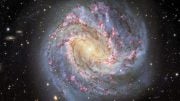
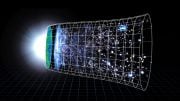
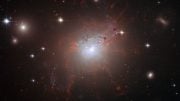
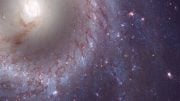

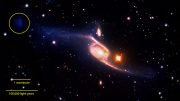


depicting points/stars,etc. of interest would be aided to the viewer if a very small arrow could be used to indicate the object being designated.
how is the distances of these galaxies, start and other celestial bodies determined?
depicting points of interest would be aided to the viewer if a very small arrow would be used to
indicate the object designated.
how are distances determined of galaxies, stars and other celestial bodies?
Google is your friend, friend.
For the reader asking about how distances are determined, look up Cosmic Distance Ladder. Fascinating to think how we went from the concept of estimating distances based on the perceived movement of an object when we move (simple experiment – look at an object with one eye covered the look at the same object while covering the other eye instead), to understanding that certain variable stars have the same absolute magnitude so if they are dimmer they are likely further away, to red shift… truly fascinating stuff.
The one that received the Shining Star Award.
…abstract art of the science of the Cosmos, philosophically = +freedom, etc…
With these pictures we can further see the Glory of God the Creator of all things!
For the reader asking about how distances are determined, look up Cosmic Distance Ladder. Fascinating to think how we went from the concept of estimating distances based on the perceived movement of an object when we move (simple experiment – look at an object with one eye covered the look at the same object while covering the other eye instead), to understanding that certain variable stars have the same absolute magnitude so if they are dimmer they are likely further away, to red shift… truly fascinating stuff.